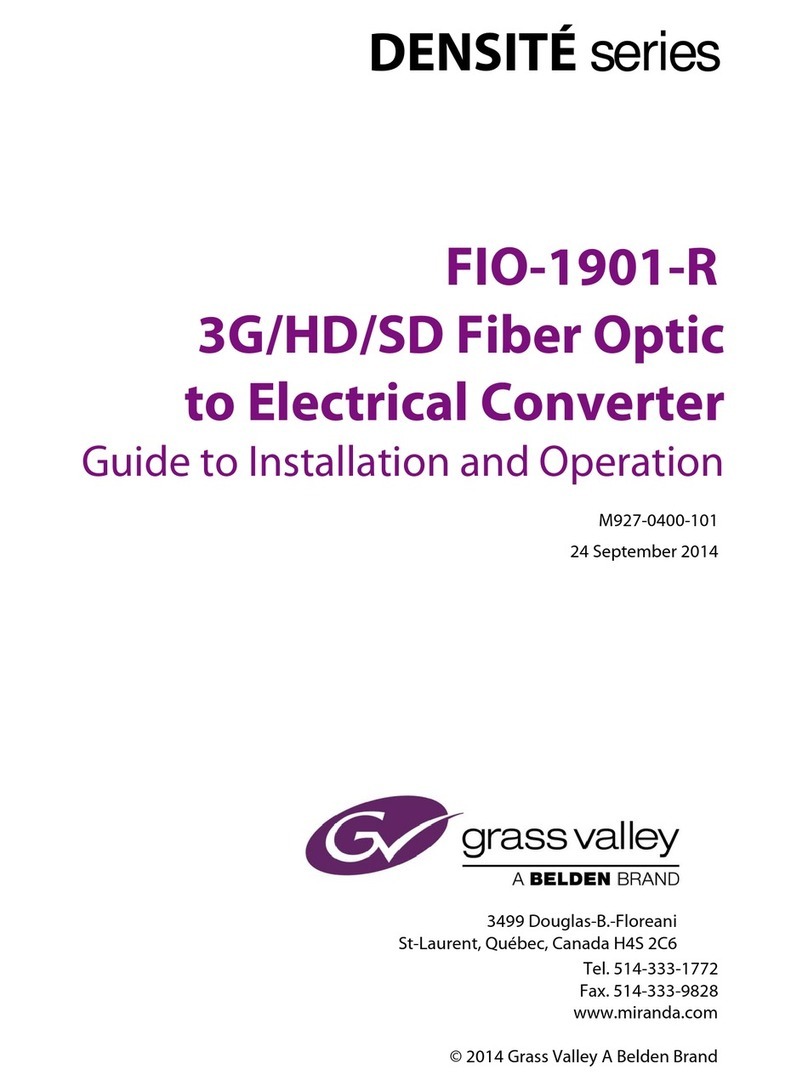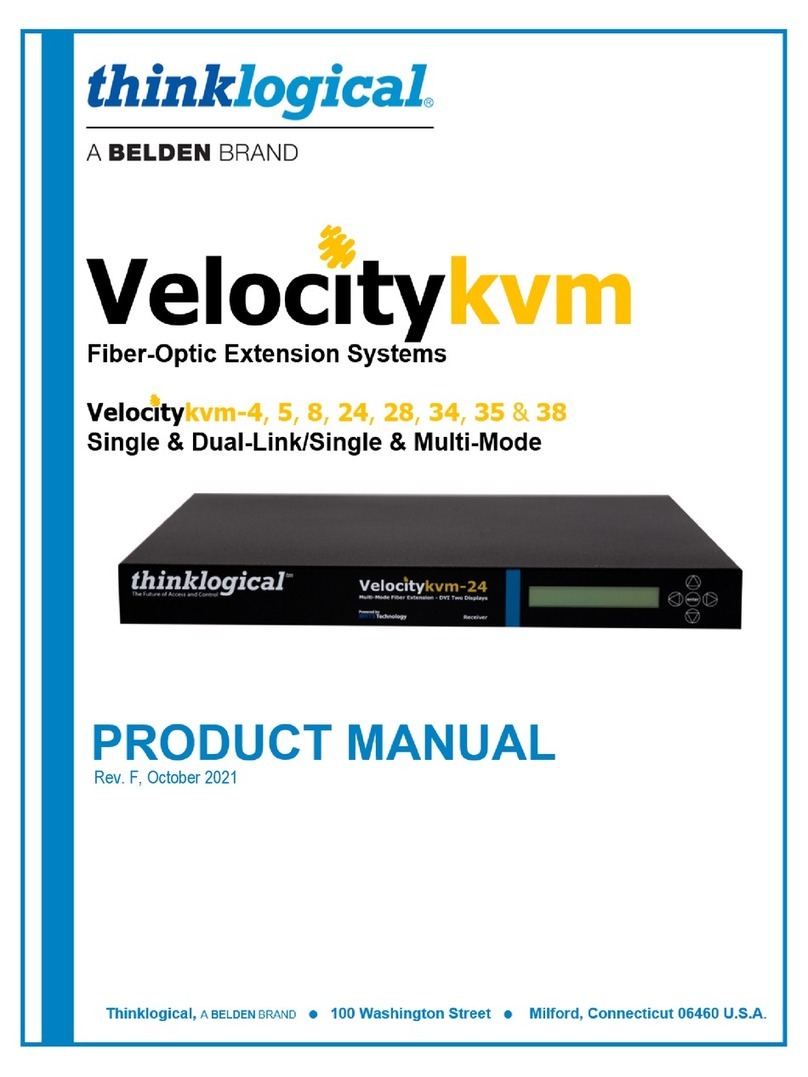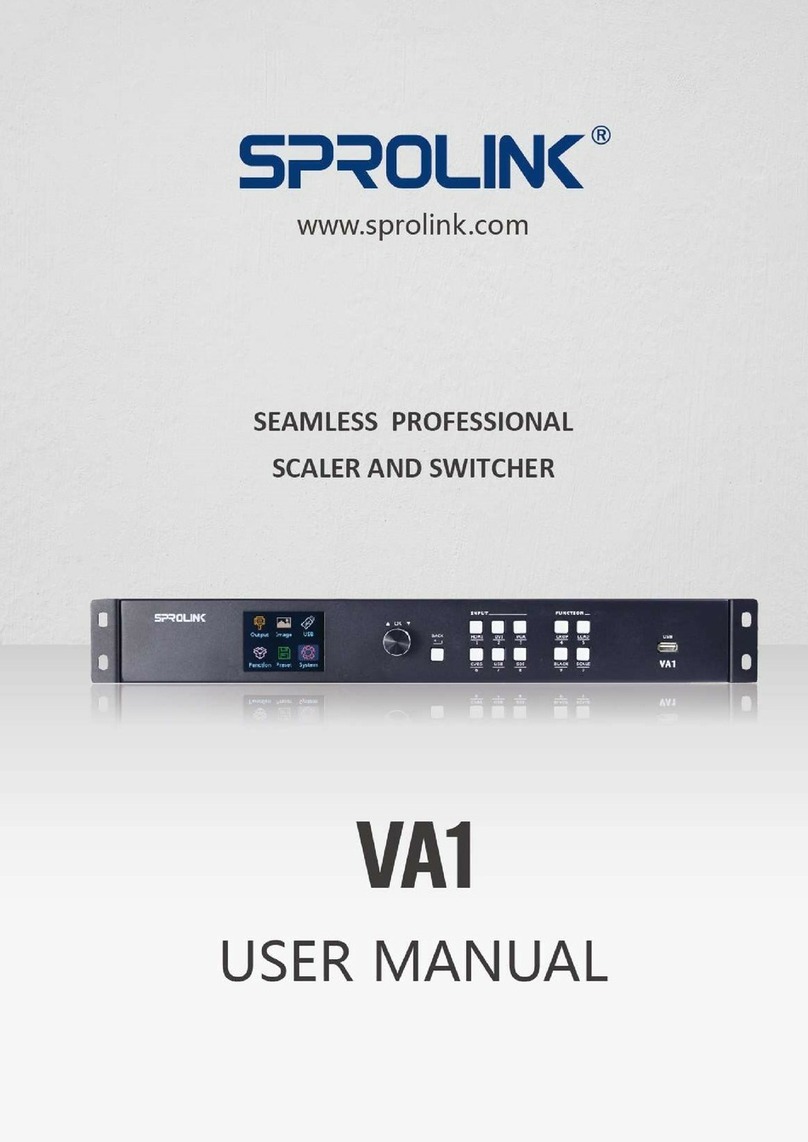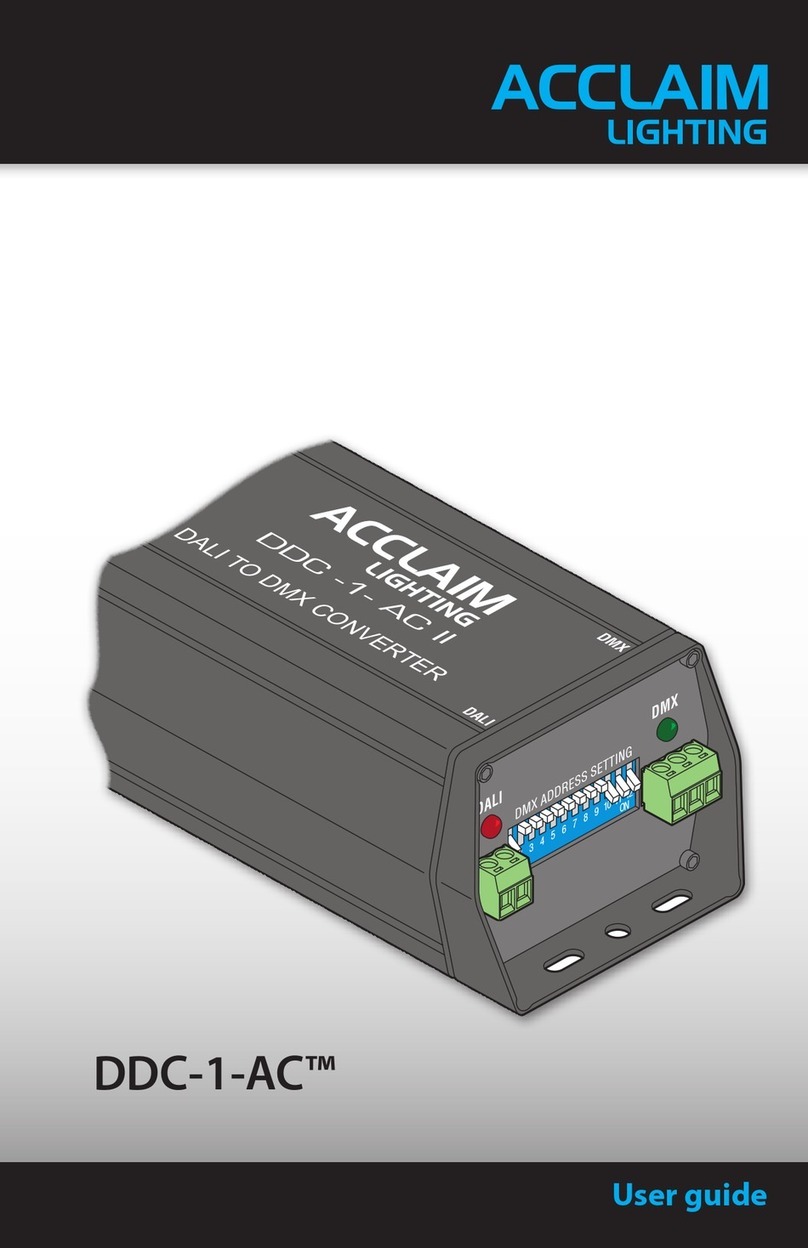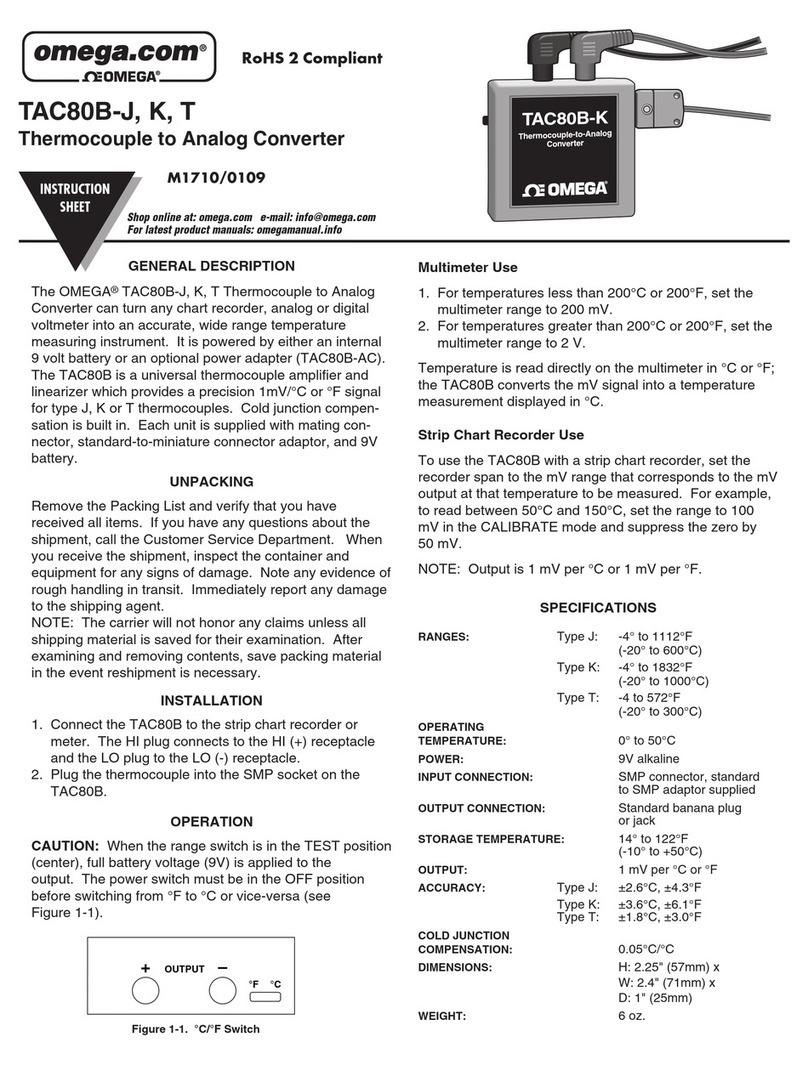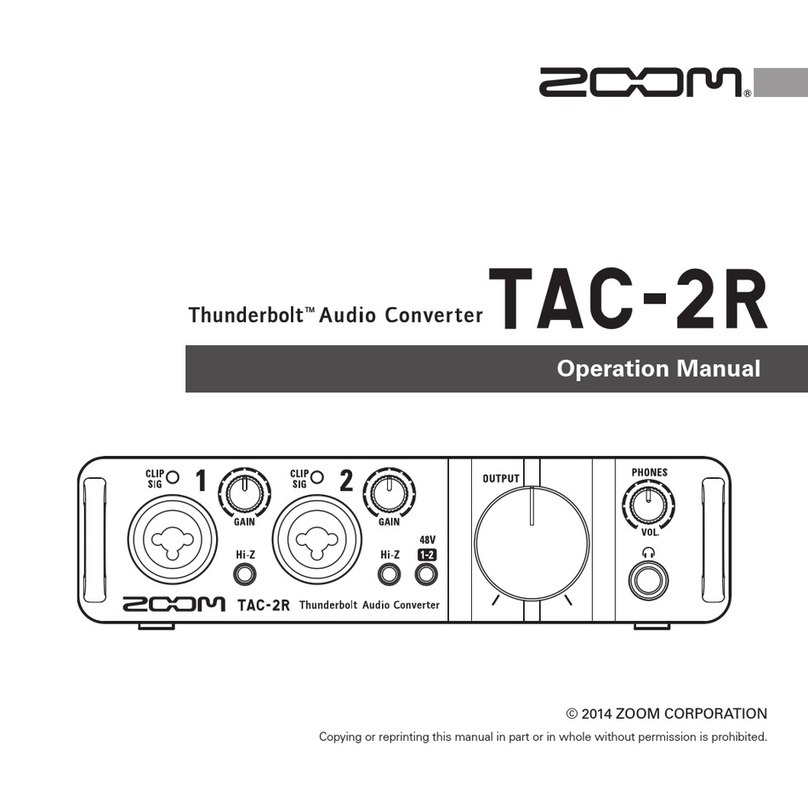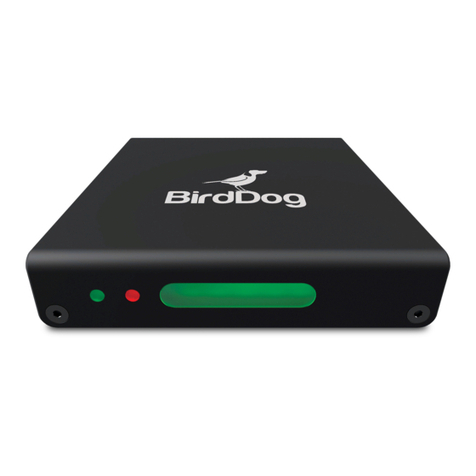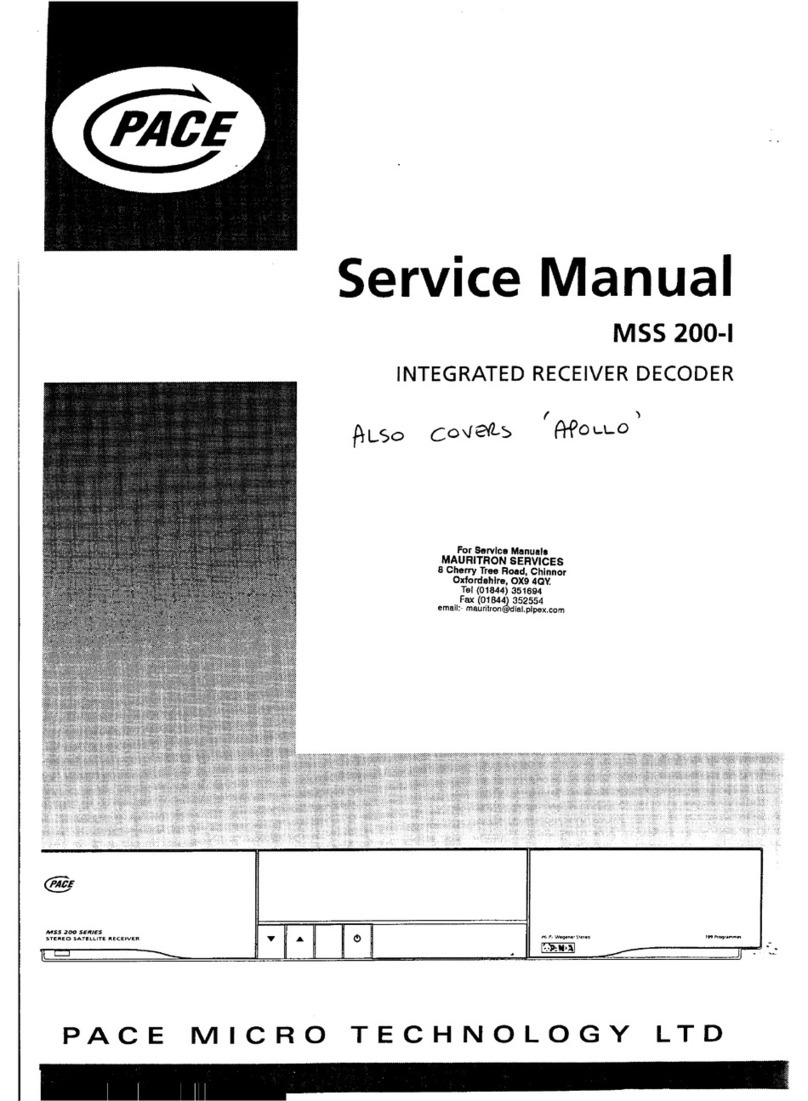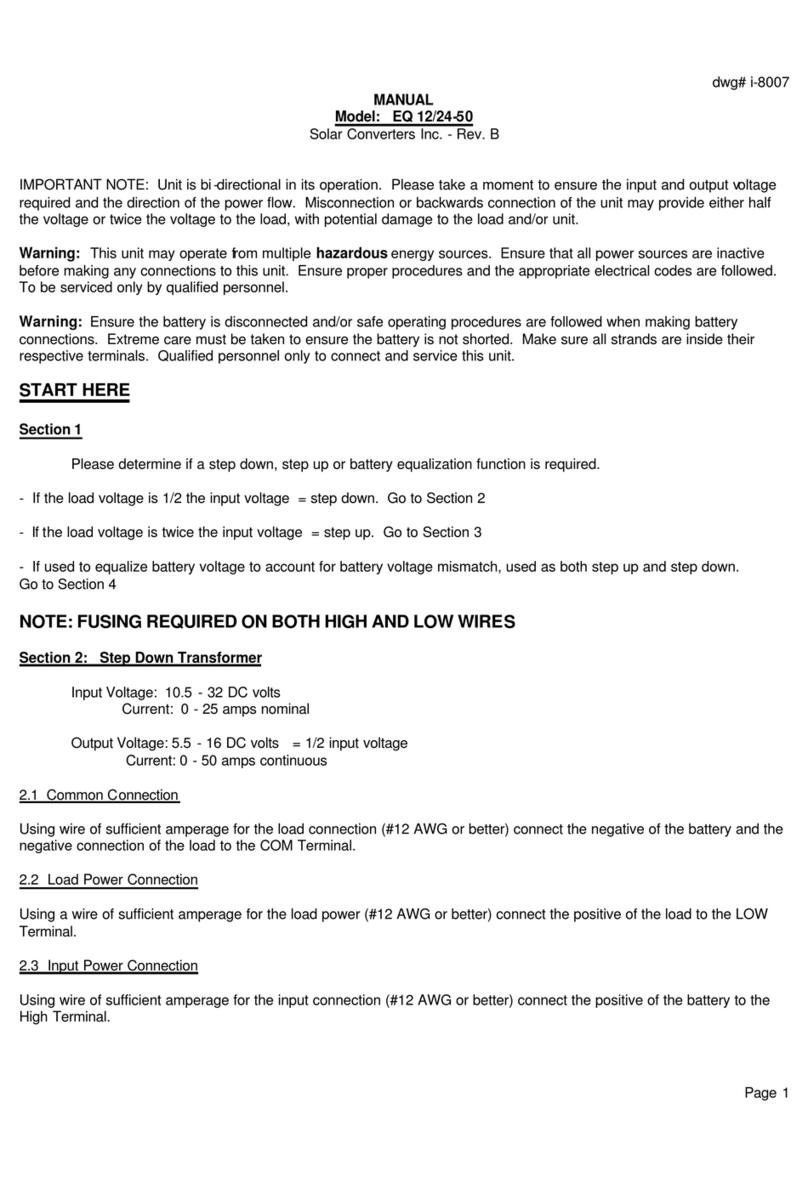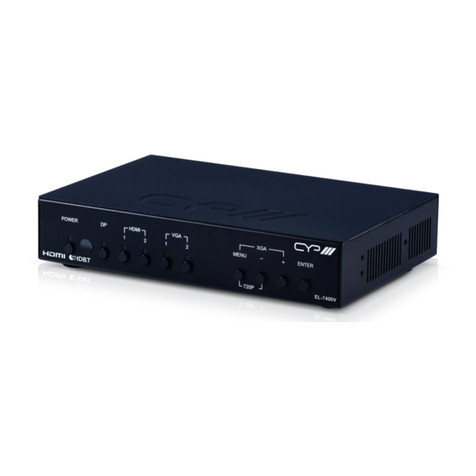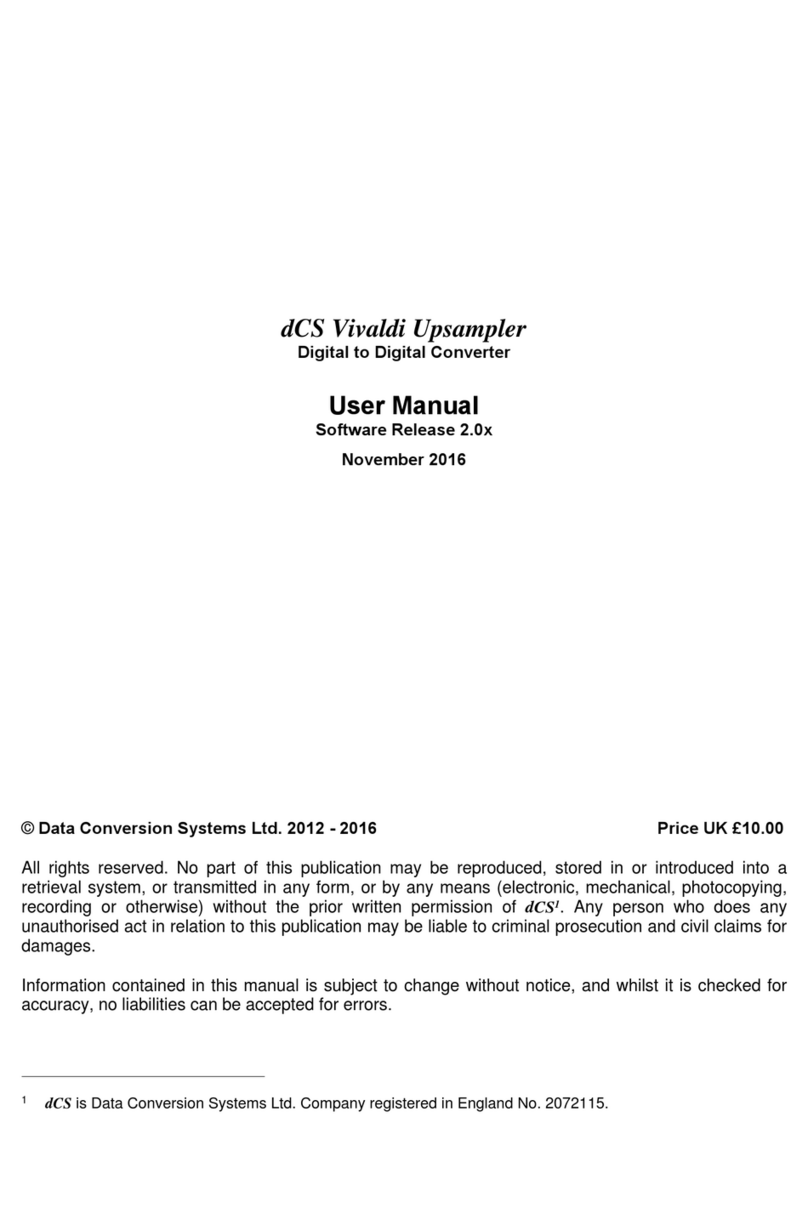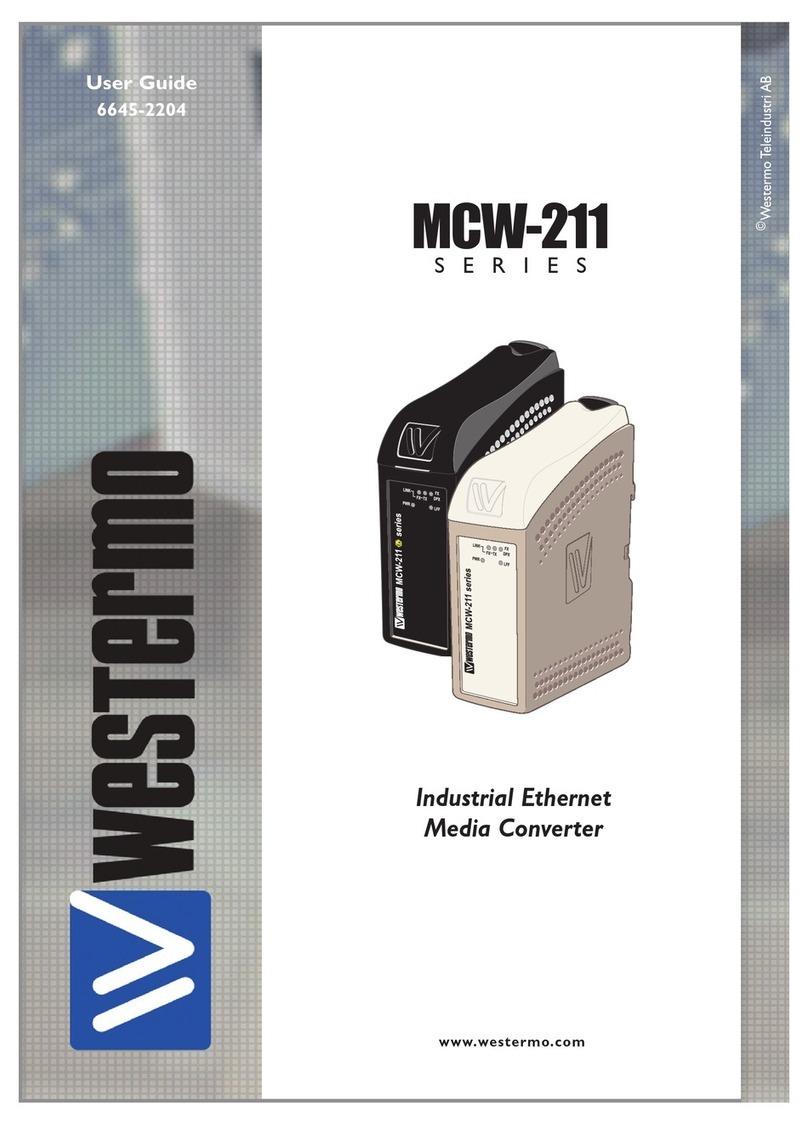2
D
Die Nennung von geschützten Warenzeichen in
diesem Handbuch berechtigt auch ohne beson-
dere Kennzeichnung nicht zu der Annahme,
dass solche Namen im Sinne der Warenzei-
chen- und Markenschutz-Gesetzgebung als frei
zu betrachten wären und daher von jedermann
benutzt werden dürften.
© 2021 Hirschmann Automation and Control
GmbH
Handbücher sowie Software sind urheberrecht-
lich geschützt. Alle Rechte bleiben vorbehalten.
Das Kopieren, Vervielfältigen, Übersetzen,
Umsetzen in irgendein elektronisches Medium
oder maschinell lesbare Form im Ganzen oder
in Teilen ist nicht gestattet. Eine Ausnahme gilt
für die Anfertigungen einer Sicherungskopie der
Software für den eigenen Gebrauch zu Siche-
rungszwecken.
Die beschriebenen Leistungsmerkmale sind nur
dann verbindlich, wenn sie bei Vertragsschluss
ausdrücklich vereinbart wurden. Diese Druck-
schrift wurde von Hirschmann Automation and
Control GmbH nach bestem Wissen erstellt.
Hirschmann behält sich das Recht vor, den
Inhalt dieser Druckschrift ohne Ankündigung zu
ändern. Hirschmann gibt keine Garantie oder
Gewährleistung hinsichtlich der Richtigkeit oder
Genauigkeit der Angaben in dieser Druckschrift.
Hirschmann haftet in keinem Fall für irgendwel-
che Schäden, die in irgendeinem Zusammen-
hang mit der Nutzung der Netzkomponenten
oder ihrer Betriebssoftware entstehen. Im Übri-
gen verweisen wir auf die im Lizenzvertrag
genannten Nutzungsbedingungen.
Die jeweils neueste Version dieses Handbuches
finden Sie im Internet auf den Hirschmann-Pro-
duktseiten (www.hirschmann.com).
Hirschmann Automation and Control GmbH
Stuttgarter Str. 45-51
72654 Neckartenzlingen
Deutschland
Hinweis
Wir weisen darauf hin, dass aus Gründen der
Übersichtlichkeit in dieser Betriebsanleitung
nicht jede nur erdenkliche Problemstellung im
Zusammenhang mit dem Einsatz dieses Gerä-
tes beschrieben werden kann. Sollten Sie wei-
tere Informationen benötigen oder sollten
besondere Probleme auftreten, die in der
Betriebsanleitung nicht ausführlich genug
behandelt werden, können Sie die erforderliche
Auskunft über den Hirschmann-Vertragspartner
in Ihrer Nähe oder direkt bei Hirschmann
(Adresse siehe im Abschnitt „Hinweis zur CE-
Kennzeichnung“) anfordern.
Sicherheitstechnische
Hinweise
Dieses Handbuch enthält Hinweise, die Sie zu
Ihrer persönlichen Sicherheit, sowie zur Ver-
meidung von Sachschäden beachten müssen.
Die Hinweise sind durch ein Warndreieck her-
vorgehoben und je nach Gefährdungsgrad fol-
gendermaßen dargestellt:
zGefahr!
bedeutet, dass Tod, schwere Körper-
verletzung oder erheblicher Sach-
schaden eintreten werden, wenn die
entsprechenden Vorsichtsmaßnahmen
nicht getroffen werden.
zWarnung!
bedeutet, dass Tod, schwere Körper-
verletzung oder erheblicher Sach-
schaden eintreten können, wenn die
entsprechenden Vorsichtsmaßnahmen
nicht getroffen werden.
zVorsicht!
bedeutet, dass eine leichte Körperver-
letzung oder ein Sachschaden eintre-
ten können, wenn die entsprechenden
Vorsichtsmaßnahmen nicht getroffen
werden.
Hinweis:
ist eine wichtige Information über das Produkt,
die Handhabung des Produktes oder den
jeweiligen Teil der Dokumentation, auf den
besonders aufmerksam gemacht werden soll.
Anforderung an die Qualifika-
tion des Personals
Hinweis:
Qualifiziertes Personal im Sinne dieser Betriebs-
anleitung bzw. der Warnhinweise sind Personen,
die mit Aufstellung, Montage, Inbetriebsetzung
und Betrieb dieses Produktes vertraut sind
und die über die ihrer Tätigkeit entsprechenden
Qualifikationen verfügen, wie z.B.:
– Ausbildung oder Unterweisung bzw. Berech-
tigung, Stromkreise und Geräte bzw. Systeme
gemäß den aktuellen Standards der Sicher-
heitstechnik ein- und auszuschalten, zu
erden und zu kennzeichnen;
– Ausbildung oder Unterweisung gemäß den
aktuellen Standards der Sicherheitstechnik
in Pflege und Gebrauch angemessener
Sicherheitsausrüstungen;
– Schulung in erster Hilfe.
Bestimmungsgemäßer Gebrauch
Bitte beachten Sie folgendes:
zWarnung!
Das Gerät darf nur für die im Katalog
und in der technischen Beschreibung
vorgesehenen Einsatzfälle und nur in
Verbindung mit von Hirschmann emp-
fohlenen bzw. zugelassenen Fremd-
geräten und -komponenten verwendet
werden. Der einwandfreie und sichere
Betrieb des Produktes setzt sachge-
mäßen Transport, sachgemäße Lage-
rung, Aufstellung und Montage sowie
sorgfältige Bedienung und Instand-
haltung voraus.
Allgemeine Sicherheits-
vorschriften
䊳Dieses Gerät wird mit Elektrizität betrieben.
Beachten Sie genauestens die in der Be-
triebsanleitung vorgeschriebenen Sicher-
heitsanforderungen an die anzulegenden
Spannungen!
䊳Achten Sie auf die Übereinstimmung der
elektrischen Installation mit lokalen oder
nationalen Sicherheitsvorschriften.
zWarnung!
Bei Nichtbeachten der Warnhinweise
können schwere Körperverletzungen
und/oder Sachschäden auftreten. Nur
entsprechend qualifiziertes Personal
sollte an diesem Gerät oder in dessen
Nähe arbeiten. Dieses Personal muss
gründlich mit allen Warnungen und
Instandhaltungsmaßnahmen gemäß
dieser Betriebsanleitung vertraut sein.
Der einwandfreie und sichere Betrieb
dieses Gerätes setzt sachgemäßen
Transport, fachgerechte Lagerung und
Montage sowie sorgfältige Bedienung
und Instandhaltung voraus.
zWarnung!
Eventuell notwendige Arbeiten an der
Elektroinstallation dürfen nur von einer
hierfür ausgebildeten Fachkraft durch-
geführt werden.
zWarnung!
Die zugängliche optische Strahlungs-
leistung der eingesetzten Kompo-
nenten besitzt unter vernünftigerweise
vorhersehbaren Umständen keinerlei
Gefährdungspotential.
LASER KLASSE 1 nach IEC 60825-1
(2001).
Sicherheitshinweise Umgebung
zWarnung!
Das Gerät darf nur bei der angege-
benen Umgebungstemperatur und
bei der angegebenen relativen Luft-
feuchtigkeit (nicht kondensierend)
betrieben werden.
䊳Wählen Sie den Montageort so, dass die in
den Technischen Daten angegebenen klima-
tischen Grenzwerte eingehalten werden.
Zugrundeliegende Normen und
Standards
Die Geräte erfüllen folgende Normen und
Standards:
– EN 61000-6-2: Fachgrundnorm –
Störfestigkeit Industriebereich
– EN 55032: Funkstöreigenschaften für Ein-
richtungen der Informationstechnik
– IEC 60950: Sicherheit von Einrichtungen der
Informationstechnik
Hinweis zur CE-Kennzeichnung
7Die Geräte stimmen mit den Vorschrif-
ten der folgenden Europäischen Richt-
linie überein:
2011/65/EU und 2015/863/EU (RoHS)
Richtlinie des Europäischen Parlamentes und
des Rates zur Beschränkung der Verwendung
bestimmter gefährlicher Stoffe in Elektro- und
Elektronikgeräten.
Die EU-Konformitätserklärung wird gemäß der
obengenannten EU-Richtlinien für die zustän-
digen Behörden zur Verfügung gehalten bei:
Hirschmann Automation and Control GmbH
Stuttgarter Strasse 45 - 51
72654 Neckartenzlingen
www.hirschmann.com
Recycling Hinweis
,Dieses Produkt ist nach seiner Ver-
wendung entsprechend den aktuellen
Entsorgungsvorschriften Ihres Land-
kreises / Landes / Staates als Elek-
tronikschrott einer geordneten Ent-
sorgung zuzuführen.

